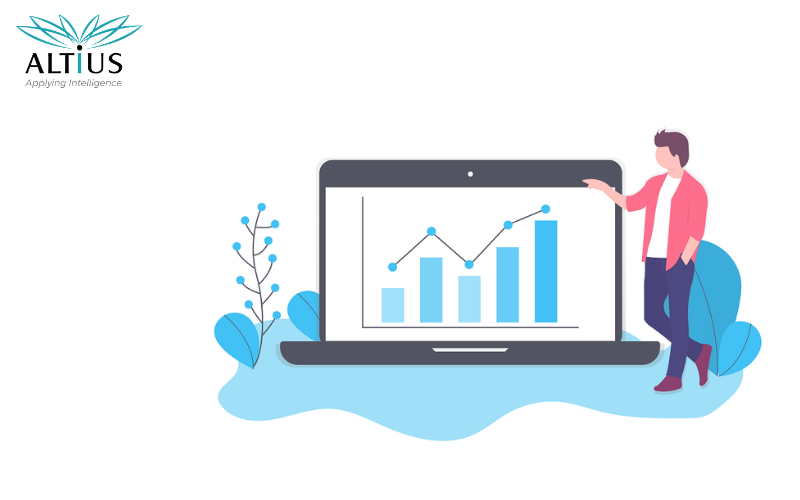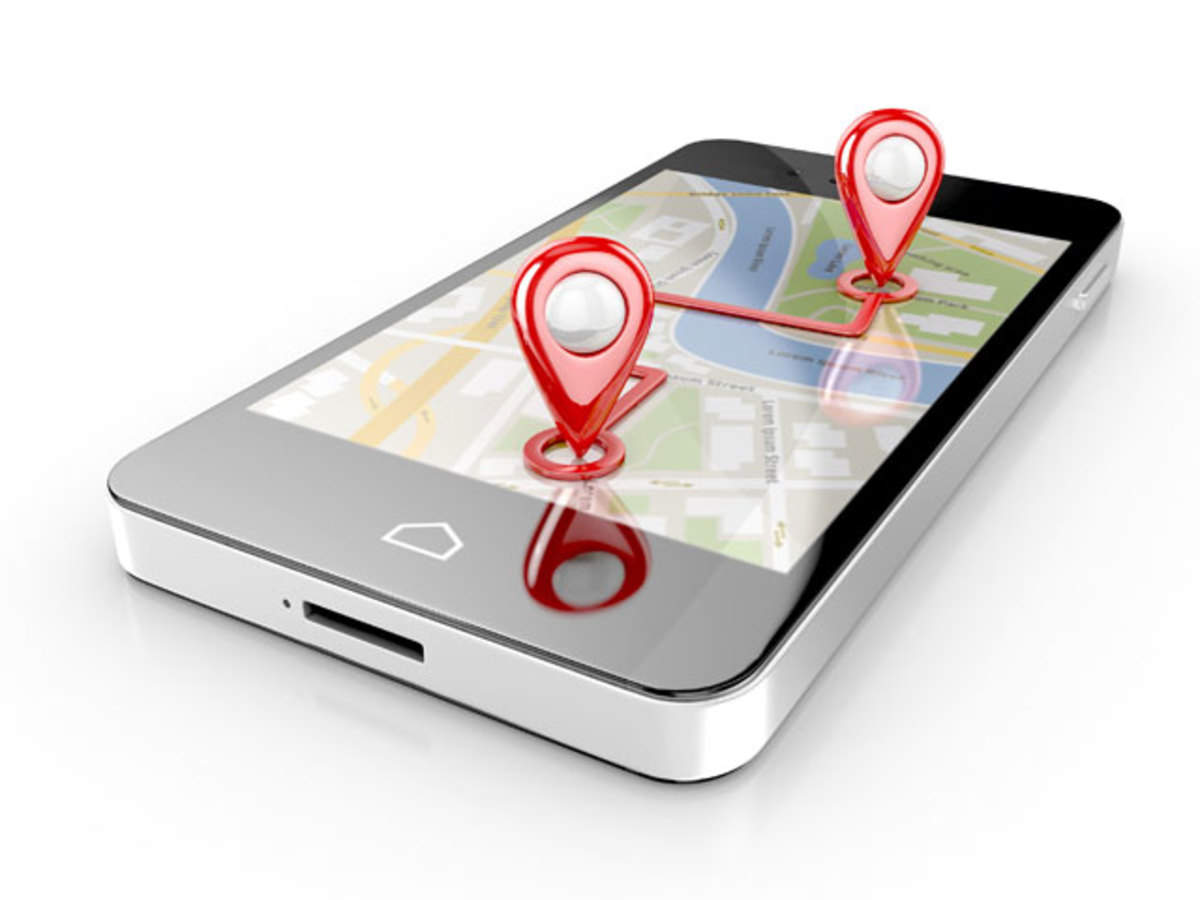A good tool to do the task saves time and the work done will be effective and efficient. Every thing starts with right tools. If it is available free, then what more you need. The best free SEO tools you can use to rank higher in search engine result page [ SERP ]
The following tools are fast free and easy to use.
#1. Google Page Speed:
Once you enter a URL, this tool will test the loading time and performance for desktop and for mobile. it also suggest tips for improvement. the mobile performance can be known through a user experience score, grading areas etc..
#2. Google Analytics:
Google Analytics is a web analytics service offered by google that tracks and reports website traffic. this helps to get a deeper understanding of your customers. this tool surfaces many keyword insights as to which term people use to land on your pages.
#3. Google Search Console + Bing Webmaster Tools:
Google Search Console is a free service offered by google that helps you monitor, maintain and any difficulty if your site is facing ? GSC helps you understand and improve how google sees your site
Bing web master tool is a free service of Bing search engine. it allows web masters to add their websites from a single account. it gives you a snapshot of information about each site.
#4. Keyword Tool:
There are hundreds of keyword ideas based on a single keyword. Once you enter a key word , the keyword tool provides a huge list of long tail keyword opportunities and common questions asked.
#5. Moz Local Listing:
Moz local gives you the tools for complete listing management across the web. Take control of your local SEO with powerful references accuracy , checks review management , publishing tools, integration with google and Facebook and more.
#6. Moz Link Explorer:
This tool gives a complete and clear picture of your website pages and links. It also gives an insight into your website’s authority and ranking. Link explorer measures your back links most valuable pages, linking domains etc. , this helps you to build high quality links to better compete and thrive online.
#7. SERP Simulator:
This tool will show how your web pages will look in google search. And so the appearance of your meta title and description can be known through this tool, before you publish your web page. it works for both desktop and mobile and also checks with any issues and instantly fixes the same.
#8. Link Miner:
This is an important tool to find broken links on any web page. It helps to rebuild the broken link and creating opportunities. its a single chrome extension that checks the http status of all links on the current page. You can easily find the broken link here as highlights.
#9. Google Trends:
Google Trends is a search trend feature that shows how frequently a given search term entered into googles search engine relative to sites total search volume over a given period of time. this tool uncovers the seasonal variations in search popularity amongst other things.
#10. Google Business Review Link Generator:
The google review link generator gives you a one stop link , you can send to your customers for them to easily leave a review for your business On google. Customer reviews are important for local SEO purposes. this tool helps you to generate, manage and monitor the customers review for your business.
Conclusion:
There are hundreds of free SEO tools, putting together all is a hard task. The above mentioned ones are valuable and you can use via the web within minutes to get amazing insights.
Even more tools are available. If interested you can look into the following
- 100 best SEO tools and resources
- SEO and marketing tools
- the complete beginners guide to SEO




